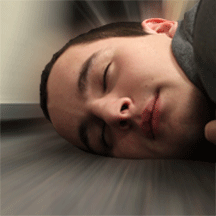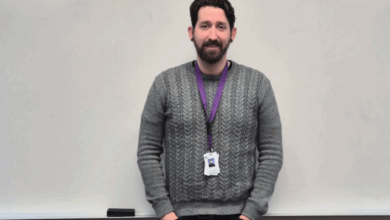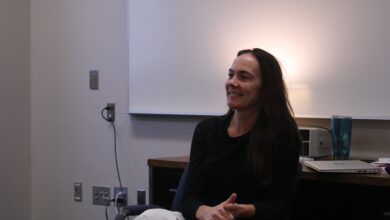
Factors for teenagers losing sleep are broad, including caffeine, after school activities and working after school. As influencing as these are to a teenager’s sleep, most of the reasons they might stay up are technological. Students playing video games, listening to music and watching T.V. before bed can severely hold back the sleep process. Video games especially, which according to ScienceDaily.com, can put players into an especially focused zone and keep them awake for longer.
“Kids want to be so connected. Our society has basically has turned into an instant news feed. We’re conditioned that this is how it should be,” said Physical Education teacher Jason Karn. “Students also don’t understand that even if you drink caffeine at 5 p.m, the effects could still be keeping you up by the time you’re going to bed.”
As an experiment, Buffalo High School Senior Kaelie Lund tried a polyphasic sleep schedule in which slept for half hour periods every four hours throughout the day for two weeks. The goal of this sleep schedule is to train the body to almost go immediately go to the Rapid Eye Movement state, or REM state. In REM, the body goes into deep sleep and begins dreaming.
“At first I thought it was going to get easier, but it never did. I couldn’t distinguish between what was a dream and what was reality. I remember I spent an entire day in school convinced I was dreaming.”
So, how is loss of sleep for students preventable? School districts such as Edina Public Schools implemented later starting times in the 1996-1997 school year in which their high school started at 8:30 AM and several of their Elementary schools started at 9:20 AM. Could Buffalo schools adopt this schedule? Should Buffalo schools adopt this schedule?




